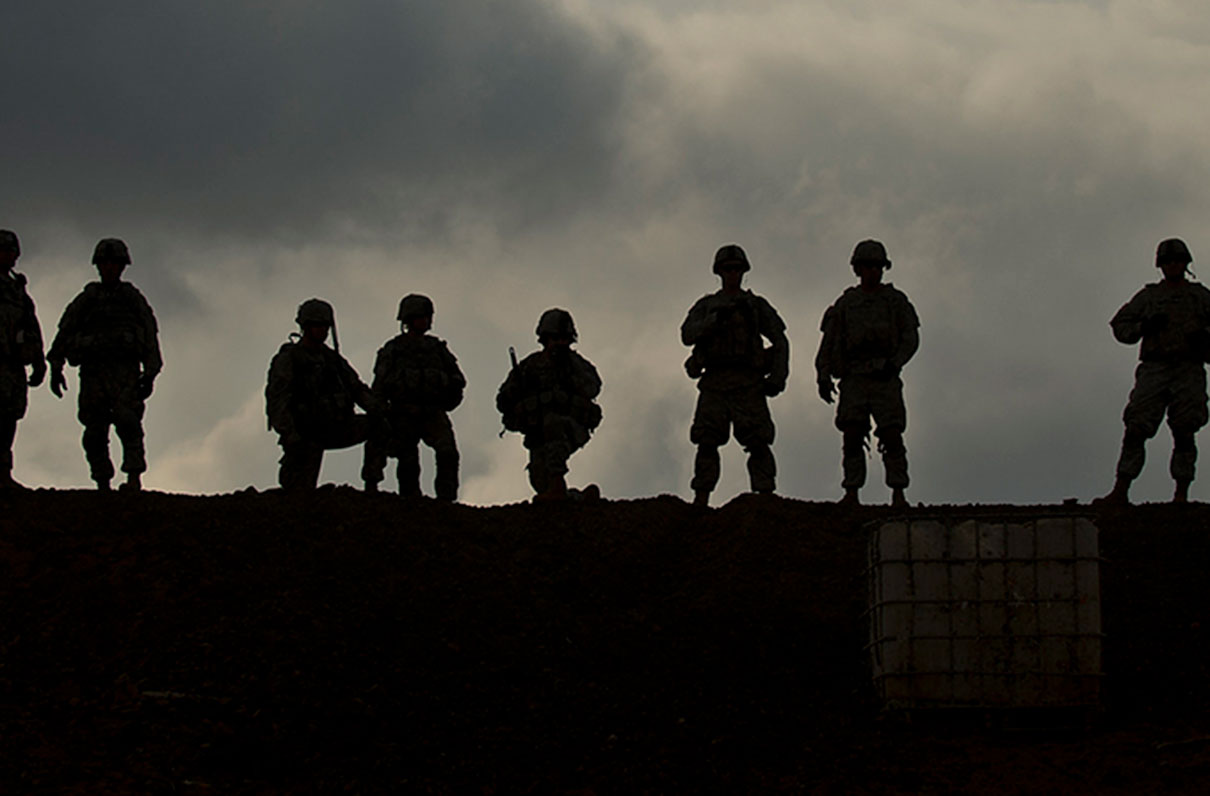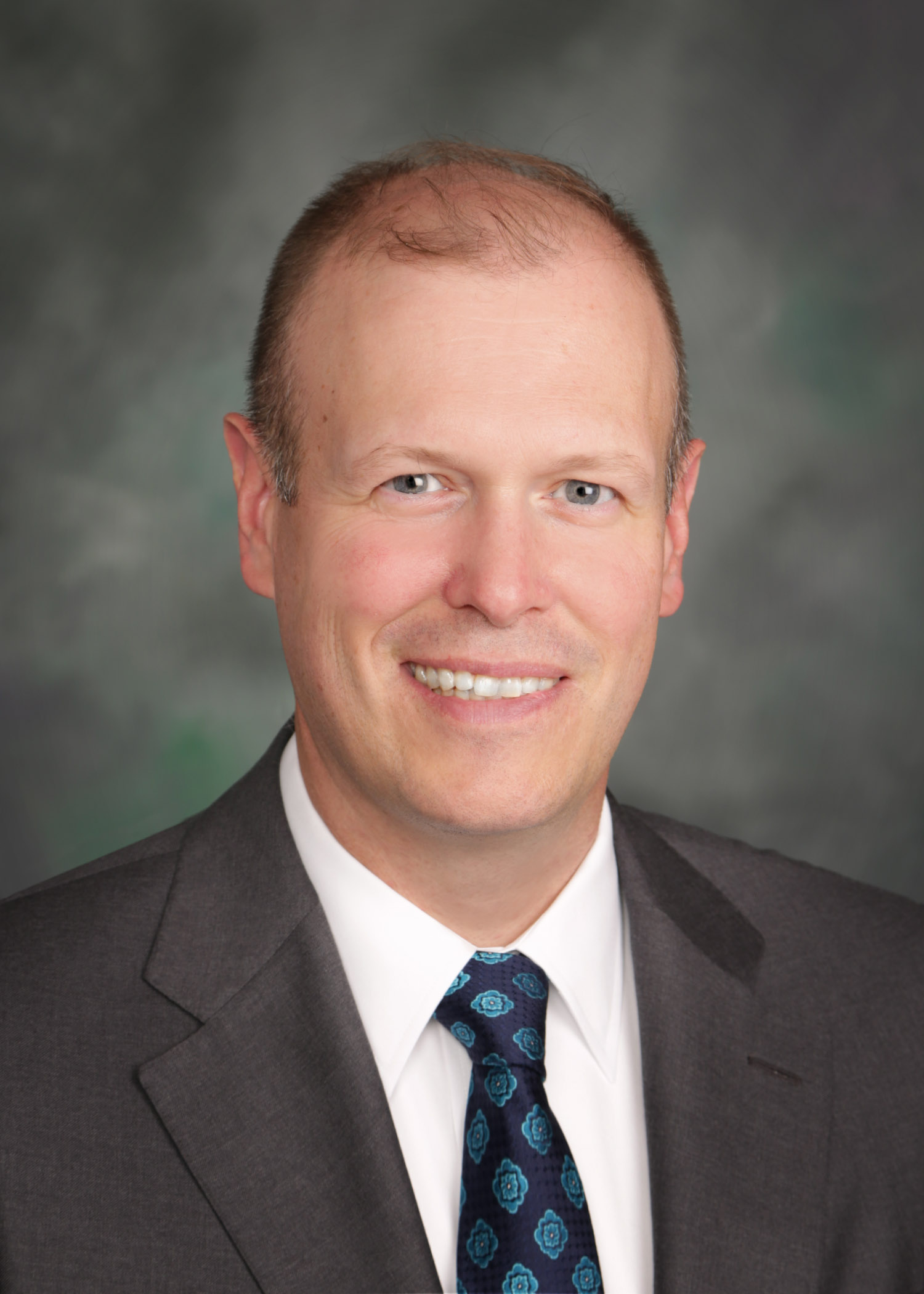Last year saw an alarming increase in service member suicides – the highest rate since the Defense Department started collecting data in 2001.
Over the last five years, suicide rates increased despite significant prevention efforts, increased study and better access to behavior health resources. In 2018, the suicide rate for the active component was 24.8 deaths per 100,000 servicemembers and 30.6 for the National Guard. You can read the full details in the Defense Suicide Prevention Office (DSPO) report, which also included new suicide data on spouses and dependents.
What do the findings mean? That current suicide prevention training and improved access to behavior health are not moving the needle in the right direction.
Suicide prevention needs to incorporate more than training and access to care – it requires a holistic approach.
The fragile military community ecosystem is plagued with scandals over inadequate housing, questionable water and child-care concerns. And it is not just the military member who stresses over operations tempo and deployments – often, the family left behind is even more stressed, and distanced from this vital community when their central figure is not home. While unit-level support programs exist, and some even flourish but those cases are not the majority. We must find ways to mitigate isolation and keep families closer and connected to their installations and traditional support networks.
MOAA will continue to advocate for strengthening our military communities through improvements in military housing and infrastructure, increasing childcare capacity and improving spousal employment and financial support. These programs, when properly resourced and managed, are force multipliers.
While DPSO’s team of medical professionals undergo the necessary process of studying trends and applying a public health approach, the rest of us can do our part by keeping as a priority efforts to strengthen our military communities. It’s these communities that can successfully battle the isolation felt by our most vulnerable servicemembers and their family members.



